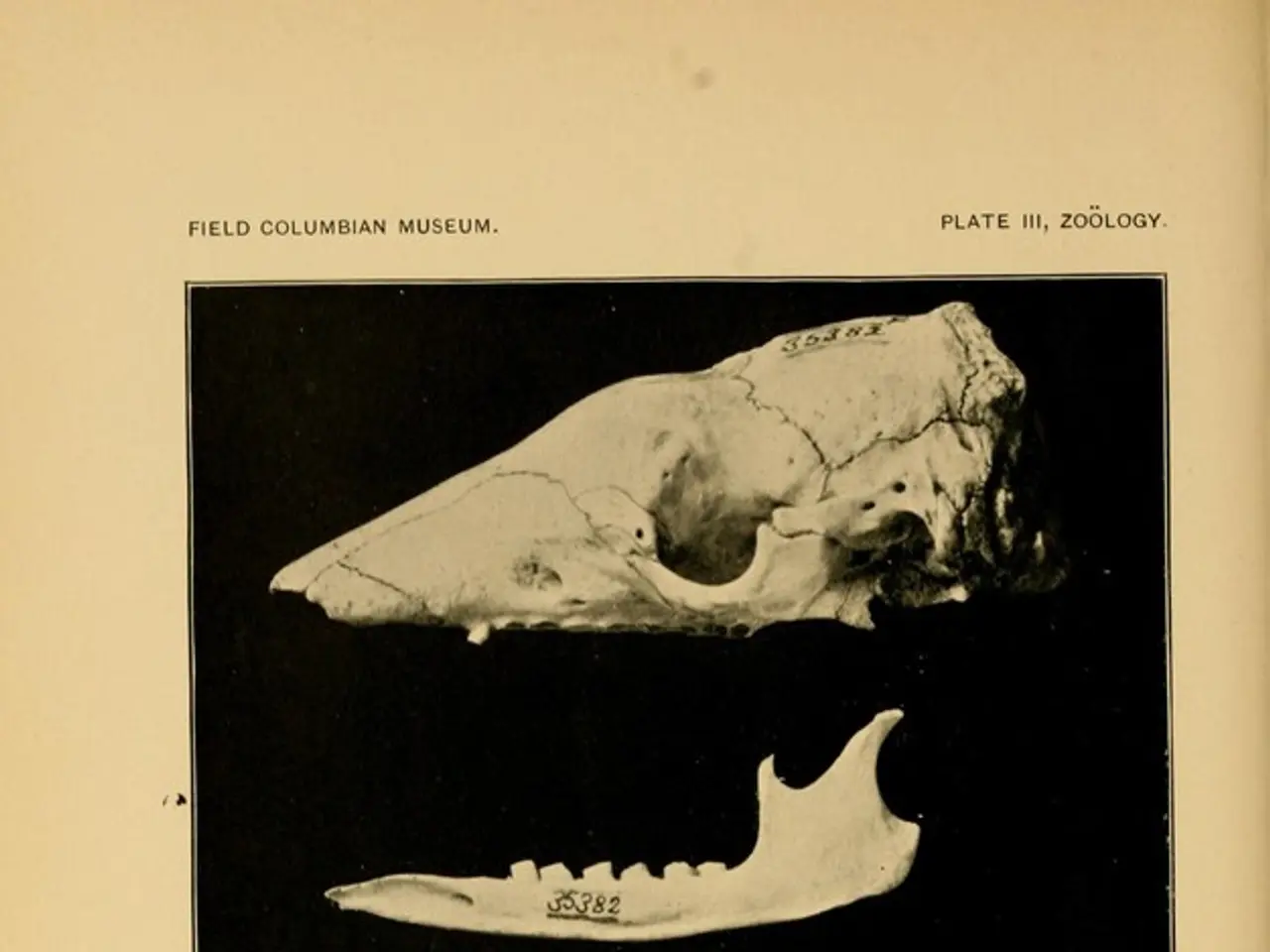Genetic Disorder: Causes, Symptoms, and Treatment Options for Sanfilippo Syndrome
In the realm of rare diseases, Sanfilippo syndrome, also known as MPS III, stands out as a significant challenge. This neurodegenerative disorder primarily affects the central nervous system, leading to a host of severe symptoms that cause brain damage and developmental regression.
Sanfilippo syndrome is categorised into four subtypes: A, B, C, and D, each characterised by a specific enzyme deficiency. The most severe subtype, MPS IIIA (Sanfilippo syndrome Type A), is associated with the lowest life expectancy, averaging 2-3 decades.
People living with Sanfilippo syndrome experience a range of symptoms, including developmental delays, speech issues, behavioral problems, sleep disturbances, chronic diarrhea, joint stiffness, mobility issues, larger-than-normal head size, and distinctive facial features.
Current treatment options for Sanfilippo syndrome are primarily experimental and supportive, with no FDA-approved cures available yet. However, the landscape of research and clinical trials is actively evolving, particularly for MPS IIIA.
One promising avenue is gene therapy, with Ultragenyx's UX111 (ABO-102) under development. This therapy targets the underlying SGSH enzyme deficiency in MPS IIIA. Although clinical data have shown promise, the FDA issued a Complete Response Letter due to manufacturing control issues. The company is addressing these concerns and plans to resubmit the application within months.
The University of California, San Francisco (UCSF) is also at the forefront of Sanfilippo syndrome research. They are conducting several clinical trials for MPS IIIA, including GC1130A, a recombinant human heparan N-sulfatase administered via an intracerebroventricular device to evaluate safety and efficacy in young children, and DNL126, a phase 1/2 multi-center study assessing safety, pharmacokinetics, and clinical efficacy in pediatric patients.
Beyond gene therapy, no effective treatments currently exist for other subtypes such as MPS IIIB. Care remains supportive and palliative, aiming to manage symptoms rather than cure the disease.
Research advancements are not limited to gene therapy. The exploration of novel proteins that bind heparan sulfate, a substance that accumulates abnormally in Sanfilippo syndrome, shows potential to ameliorate disease features in preclinical studies.
In conclusion, the treatment of Sanfilippo syndrome is currently in an active research phase, focusing on gene therapies and enzyme replacement strategies. As of now, no definitive cure or widely approved therapy exists. Clinical trials remain the main avenue exploring disease-modifying treatments.
- Unexpected challenges in the medical-conditions domain persist for individuals battling Sanfilipippo syndrome, as no health-and-wellness cures have been approved by the FDA for this neurological disorder.
- Sanfilippo syndrome research at the University of California, San Francisco aims to uncover potential solutions, with clinical trials such as GC1130A and DNL126 underway, targeting safe and effective treatments, especially for MPS IIIA.
- Paving the way for future advancements, research into novel proteins that can bind heparan sulfate, a substance impacting individuals with Sanfillippo syndrome, offers hope in alleviating symptoms associated with this syndrome in preclinical studies, potentially becoming a blocked pathway toward ameliorating disease features.




